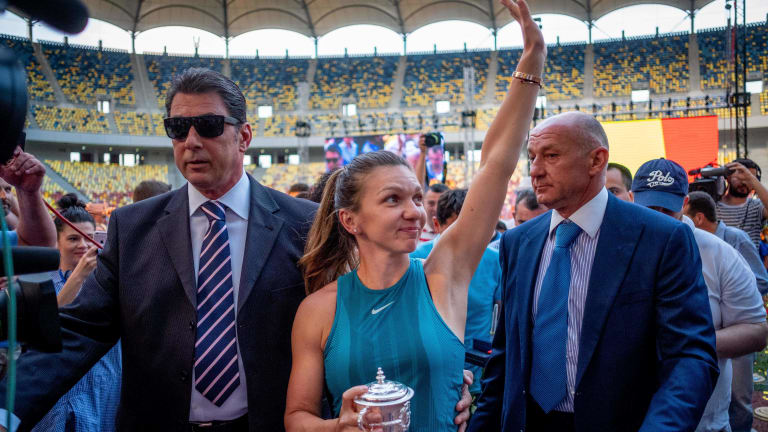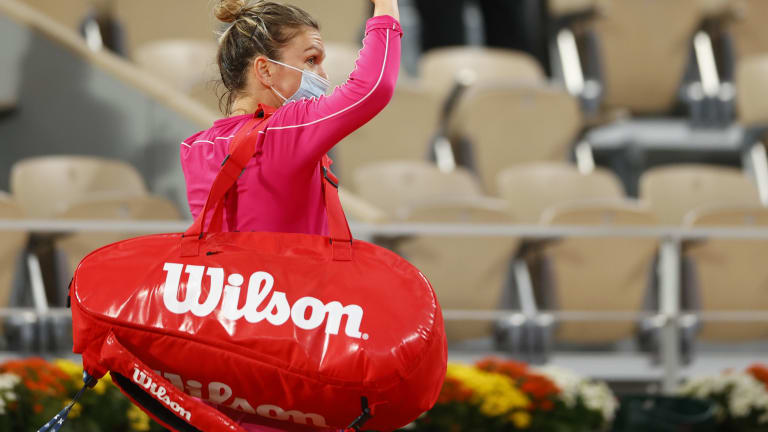Treasure Chest: Is the best yet to come for Simona Halep?
By Jun 21, 2021All the feels! Sophia, Edie Murray watch dad Andy in farewell Wimbledon with uncle Jamie
By Jul 04, 2024"It's just smelling like a Wimbledon": Two-time champion Kvitova finding her form on her favorite surface
By Jul 02, 2022Frances Tiafoe enjoys prime Wimbledon cut with Stefanos Tsitsipas stunner
By Jun 28, 2021Medvedev boasts high comfort level on grass ahead of SW19 return
By Jun 28, 2021Andy Murray back practicing for singles return at Wimbledon
By Jun 22, 2021Naomi Osaka out of Wimbledon; next event expected to be Tokyo Olympics
By Jun 17, 2021Half-capacity crowds authorized for start of Wimbledon
By Jun 15, 2021Andy Murray shares vaccination photo, plans to play Queen's Club and Wimbledon
By Jun 04, 2021Joining defending champions Andrey Rublev and Iga Swiatek in Madrid
By Apr 18, 2025Treasure Chest: Is the best yet to come for Simona Halep?
As the defending Wimbledon champion closes out her 20s, there’s reason for optimism even as injuries conspire to keep her off the court.
Published Jun 21, 2021
Advertising
Advertising

Halep’s popularity in Romania is enormous; she was set to be the country’s flagbearer at the Olympic Games last summer (Getty Images).
© AFP via Getty Images
Advertising
Advertising

Where her Roland Garros victory was a culmination, Wimbledon was magical for Halep, who played perfect tennis against Serena Williams in the final (Getty Images).
© AFP via Getty Images
Advertising

The Halep persona in a nutshell: Smart enough to work with a no-nonsense Australian like Cahill, a man from a country where grace under pressure is paramount. But at the same time, she is frequently at the mercy of her tempestuous nature (Getty Images).
© AFP via Getty Images